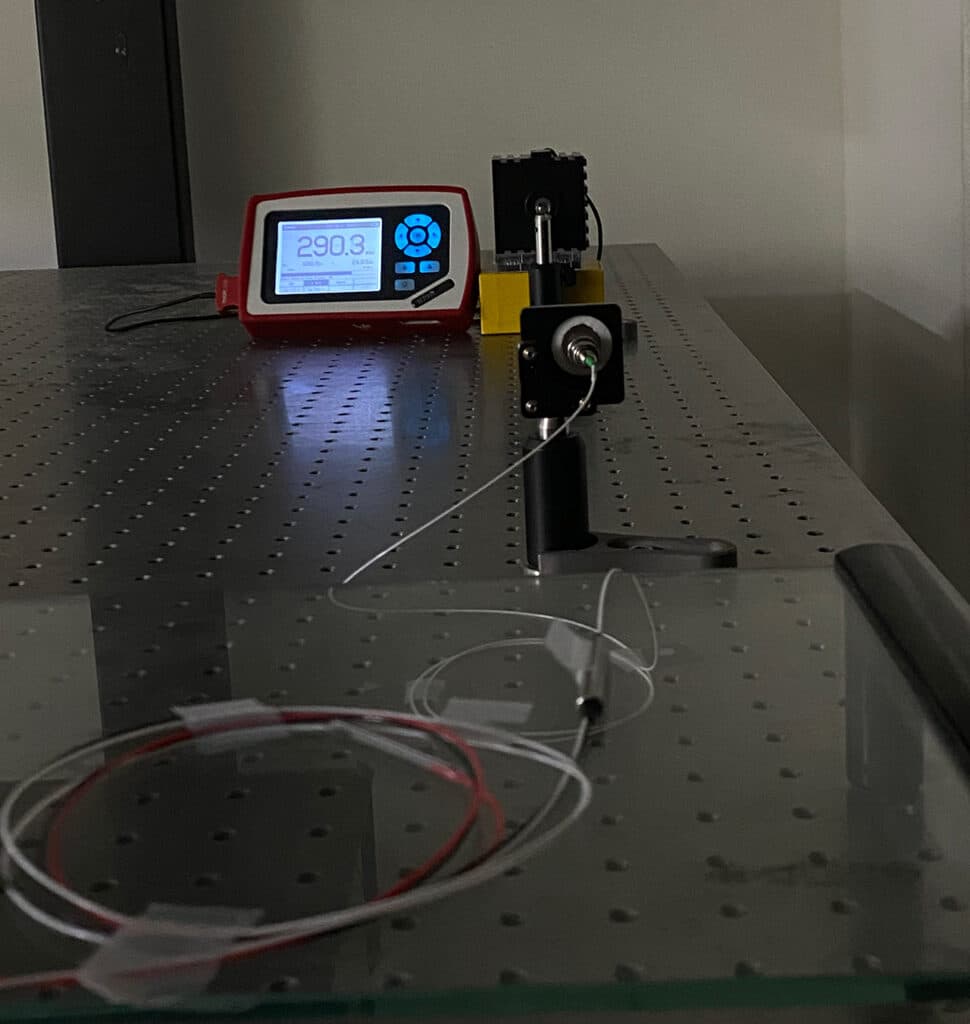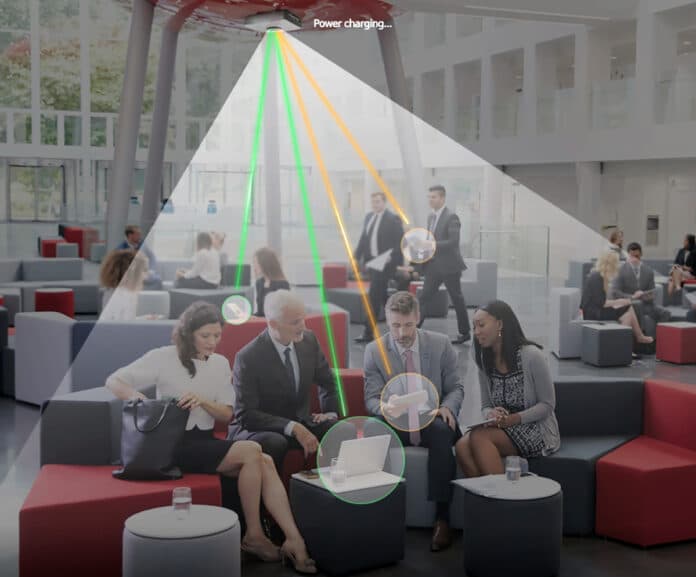The demand for wireless power transfer systems is increasing with the growing needs of portable electronic gadgets, internet of things devices, electric vehicle charging, and smart mobile phones. In addition, the advent of 5G mobile communication that consumes significant amounts of power is deriving the demand for long-range, low-cost, and low-latency wireless power transfer techniques.
Researchers at Sejong University in South Korea have developed a new wireless laser charging system that uses infrared light to safely transfer high levels of power over distances of up to 30 meters. This type of long-range optical wireless power transfer system could enable real-time power transmission to fixed and mobile receivers.
Several techniques have been studied for long-range wireless power transfer. However, it has been difficult to safely send enough power over meter-level distances. To overcome this challenge, the researchers optimized a method called distributed laser charging, which has recently gained more attention for this application because it provides safe high-power illumination with less light loss.
The new wireless laser charging system is made up of two main parts – a transmitter that can be set up in a room and a receiver that could be incorporated into electronic devices. When the transmitter and receiver are within a line of sight, a laser cavity is formed between them over the air, or free space, which allows the system to deliver light-based power. If any obstacle cuts the transmitter-receiver line of sight, the system automatically switches to a power-safe mode, achieving hazard-free power delivery in the air.

The transmitter is an optical power source that uses an erbium-doped fiber amplifier, which produces a beam of infrared light with a central wavelength of 1550 nm. The receiver unit includes a retroreflector, a photovoltaic cell that converts the optical signal to electrical power, and an LED that illuminates when power is being delivered. This receiver, which is about 10 by 10 millimeters, could easily be integrated into devices and sensors.
The laboratory results showed that a single-channel wireless optical power transfer system could provide an optical power of 400 mW over distances of up to 30 meters. The photovoltaic converted this to electrical power of 85 mW. This power is sufficient to power small sensors, and with further development, it could be increased to levels necessary to charge mobile devices.
The researchers also showed that the system automatically shifted to a safe power transfer mode when the line of sight was interrupted by a human hand. In this mode, the transmitter produced an incredibly low-intensity light that did not pose any risk to people.
“Using the laser charging system to replace power cords in factories could save on maintenance and replacement costs,” said research team leader Jinyong Ha from Sejong University in South Korea. “This could be particularly useful in harsh environments where electrical connections can cause interference or pose a fire hazard.”
Now the research team is working to make the system more practical. For example, the efficiency of the photovoltaic cell could be increased to better convert the light into electrical power. Researchers also plan to develop a way to use the system to charge multiple receivers simultaneously.
